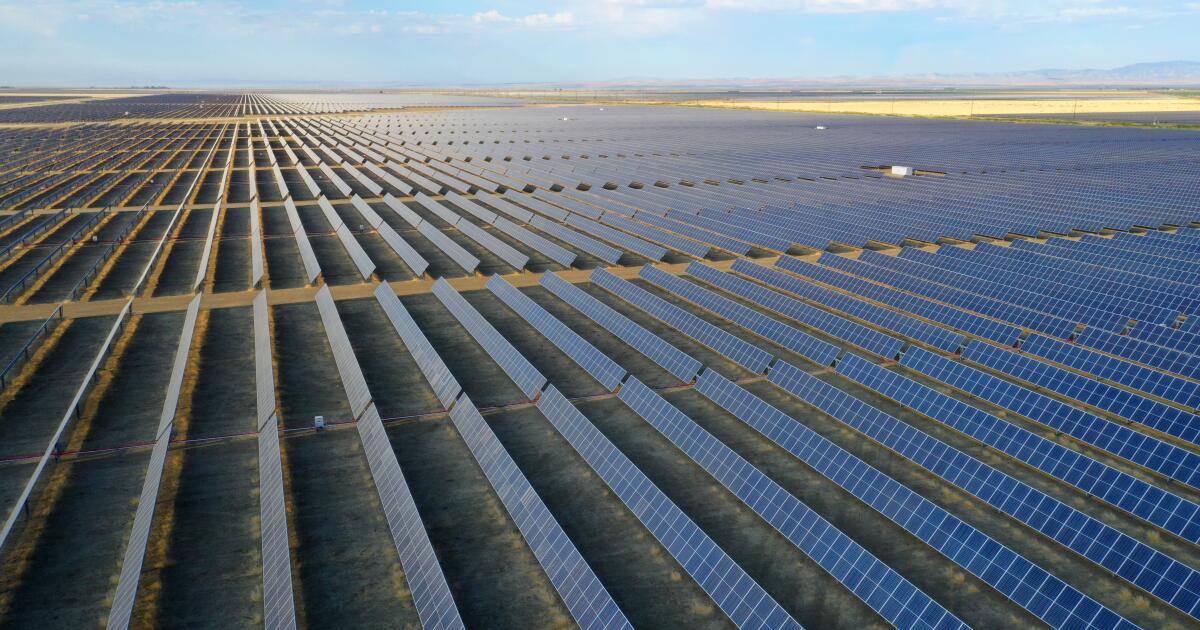Nothing in this article makes any logical sense to me whatsoever.
TL;DR - CA needs more storage to better enable renewables growth, but otherwise the article is a bit of a solar hit piece.
The article muddies the waters by trying to connect cost savings in neighboring states who buy CA excess solar as “lost” revenue for CA ratepayers.
In some cases, negative prices do count as a small loss in the budgets, but generally, just because CA excess solar is cheaper than NM fossil fueled power does not mean anyone is “losing”.
The article does mention Wall Street speculators profiting off of the energy market, which is a loss for ratepayers, but it’s a problem with existing forecasting models, not solar. If utility modeling was better than Wall Street, there would be no profit for outside investors.
This is partially very helpful. Thank you.
So its something along the lines of California produces so much solar energy during the day it can’t use it all and don’t have the resources to store it, so they have to sell it to other states. But those states may not need the power, and there’s so much supply that either it goes to waste, or California pays them to take it?
Also, on top of that, there’s a whole industry of electricity traders who aren’t even power companies just looking to make money off of electricity production, as well as companies like airlines looking to buy Renewable Energy Credits to offset their carbon emissions (bleh), which incentivize a large production of Solar that doesn’t get used.
The state’s utilities also apparently buy electricity from solar farms for a pre-negotioated long term price that doesn’t really take into account any price fluctuations, or at least to the scale they’ve seen with the amount of production they’ve got.
I feel like on one hand, its good that they have so much power they don’t know what to do with, but on the other hand, there’s a whole mess of people with monetary incentives involved with this that somehow, that translates to California pays too much for having too much electricity.
Paywall





